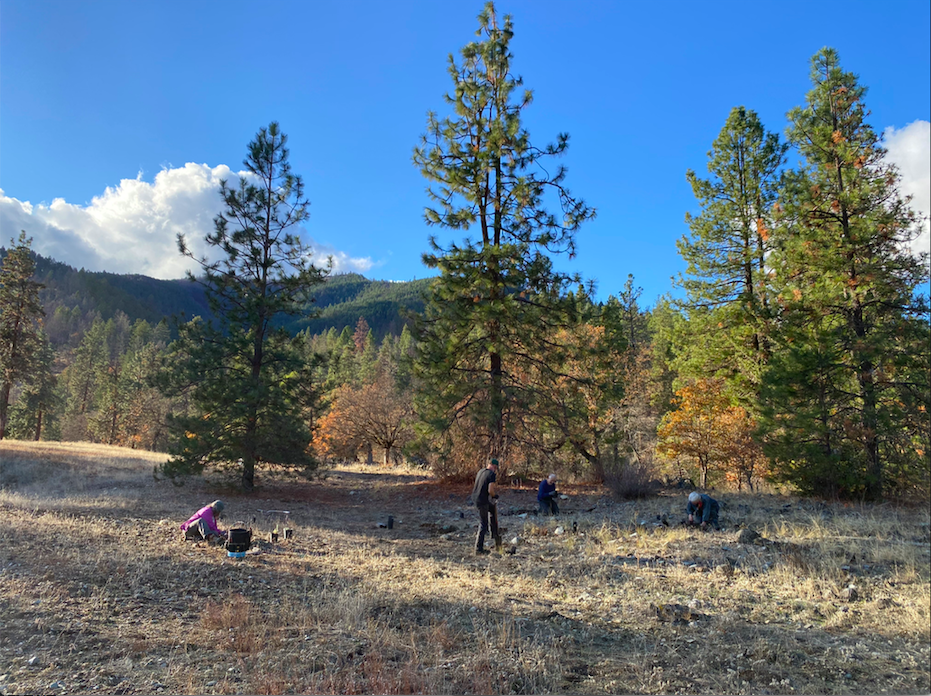
Pollinators are fundamental for a healthy ecosystem and helping improve habitat for imperiled pollinators in the Applegate is important to us. For the past three years ANN has been working to facilitate a native plant and pollinator restoration project on a unique valley bottom parcel of Forest Service land, located directly adjacent to the Upper Applegate River. ANN identified this small parcel for pollinator and native plant restoration in 2016 during Forest Service project planning in the Upper Applegate. Our goal for this project is to increase native plant abundance and species diversity that will benefit native pollinator populations. We are also working to reduce non-native and noxious weeds at the site.

We chose this site due to its spectacular potential for restoration, its already important habitat features and its accessibility for local residents and volunteer crews. Located next to the river, the site contains highly valuable pollinator habitat, abundant water, a wide variety of microclimates, existing native plant populations, oak/pine woodland, riparian forest, and a large, relatively weedy open meadow where we will focus our efforts to restore native plant habitat.
The site also contains some unique native plants such as large populations of Douglas’ grasswidow (Olsynium douglasii), Nuttall’s larkspur (Delphinium nuttallianum), and a small but robust population of the locally uncommon heartleaf milkweed (Asclepias cordifolia). Heartleaf milkweed is loved by many native pollinators and is a larval host plant for monarch butterflies. The West Coast population of monarch butterflies has crashed in the last two years and they are now being considered for protection under the Endangered Species Act.
Shortly after we identified the site for pollinator restoration plantings we worked with the Forest Service to create a rock barrier, eliminating vehicle access to the majority of the site. This barrier was meant to protect future restoration efforts from damage by inappropriate vehicle use. We then began working with former Rogue River-Siskiyou National Forest wildlife biologist, Bonnie Allison, to do the initial wave of restoration plantings. Bonnie had secured funding through the National Fish and Wildlife Foundation (NFWF) for native plant and pollinator restoration plantings along the Upper Applegate River, and we worked with her to include this little parcel of public land.
Year 1
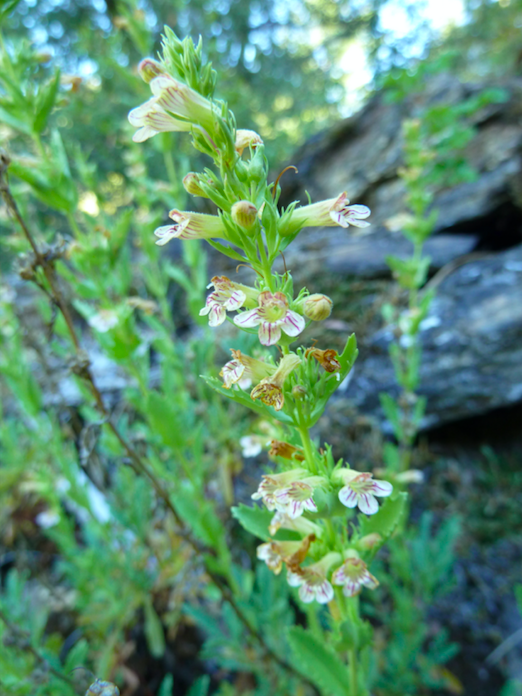
That first year we planted hundreds of plants grown by the Forest Service at their Dorena Nursery, grown from seed collected locally by Klamath-Siskiyou Native Seeds. This initial planting included hot rock penstemon (Penstemon deustus), tall woolly buckwheat (Eriogonum elatum var. villosum), Lemmon’s beardtongue (Keckiella lemmonii), and showy milkweed (Asclepias speciosa). The hot rock penstemon took particularly well in the rocky tufts of bedrock that punctuate the grassy flat, and three years later, many robust, flowering plants provide pollen and nectar for native bees that are highly attracted to this species’ small cream to yellow flowers.
We were excited to plant the tall woolly buckwheat, a native valley bottom species with very limited distribution across the Applegate Valley. We assume this species may have been historically abundant, but populations were likely impacted by early mining operations, settlement and agriculture in the valley bottom. Currently, we know of two small populations of tall woolly buckwheat that grow on the shoulder of Upper Applegate Road, one population on the shoulder of Little Applegate Road, a few plants west of Ruch in rocky soil along the Applegate River, and a small population at Fish Hatchery Park. Extremely late blooming, these plants colonize and thrive on dry, harsh sites, often in sandy, cobbly or otherwise well drained soils at the valley bottom or along the floodplain of the Applegate River. Outside the Applegate Valley the only other place these plants grow in Oregon is around Klamath Lakes and reportedly at one site in Douglas county that was observed in 1899 by famed botanist John Leiberg.
The tall woolly buckwheat we planted were were grown from seeds collected just across the road from our restoration site, at one of only two known populations in the Upper Applegate. Unfortunately, this existing population grows on the shoulder of the county road and could be easily impacted by noxious weed spread, disturbance from road maintenance or roadside herbicide spraying. Our goal is establish a more stable and protected population in the small valley bottom, public land parcel across the road at our native pollinator plant restoration site. Numerous of the plantings from that first season are now established and have started flowering and producing seed.
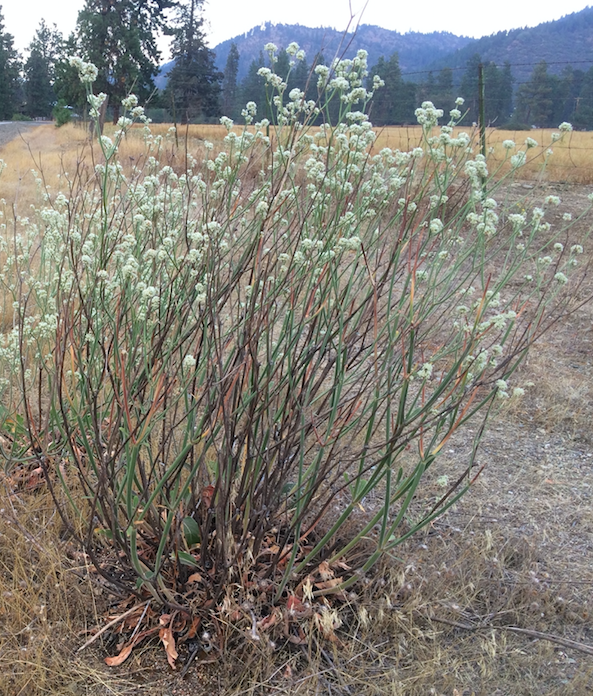
Year 2
Last year, the Forest Service donated plants they had grown at their Dorena Nursery, that were leftover from their other planting projects around the district, including yarrow (Achillea millefolium) and willow dock (Rumex salicifolius). The yarrow took well and is now established in dry, well-drained locations around the site.
Additionally we planted more tall woolly buckwheat plants, western verbena (Verbena lasciostachys), Oregon sunshine (Eriophyllum lanatum), mule’s ears (Wyethia angustifolia), and balsamroot (Baslmamorhiza deltodiea), grown by Klamath-Siskiyou Native Seeds, from seed collected near the project site. We also seeded numerous native wildflowers in small plots around the site. Despite last year’s dry winter and spring, some seed establishment was successful and will hopefully persist creating stable, naturally reproducing populations.
Year 3
This year, we were fortunate to receive funding from the Ashland Food Co-op Gives Grant Program. This generous funding allowed us to contract Klamath-Siskiyou Native Seeds to grow out 14 species of native nursery plants from locally collected native seeds. Klamath-Siskiyou Native Seeds also donated 4o silver lupine plants (Lupinus albifrons), over 20 Lemmon’s needle grass (Achnatherum lemmonii) plants and a native wildflower seed mix, including 16 native species of wildflowers native to low elevations in the Applegate Valley.
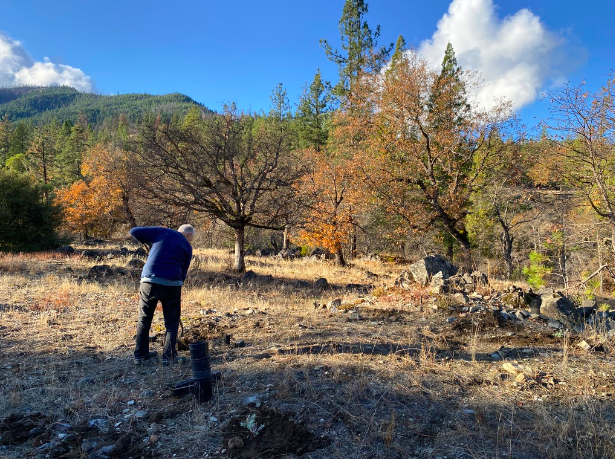
Working under COVID-19 regulations, we organized a small group of volunteers for a socially distanced volunteer planting day. Our small crew of five people spread out across the site to meet COVID protocols, and we planted over 250 native plants throughout a portion of the project area. We planted perennial wildflowers, native grasses, and more tall woolly buckwheat. We also sowed the wildflower seed mix with numerous perennial and annual species within the planting area. We hope to have abundant rain this year that will benefit plant establishment, bring beautiful spring flowers and provide enhanced habitat for native pollinator species.
This project is just one example of how ANN gives back to the landscape of the Applegate. Our goals are not only to defend wildlands, oppose damaging public land projects, and protect biodiversity, but also to provide stewardship opportunities for local residents. This hands-on public land stewardship encourages a deep connection to place, benefiting the communities of the Applegate Valley and the local wildlife. ANN will continue working on our native plant and pollinator restoration site in the Upper Applegate Valley and other stewardship projects on the beautiful public lands of the Applegate Watershed.
Thanks to the Ashland Food Co-op Gives Grant Program for supporting our work in the Applegate Valley!

Tall woolly buckwheat 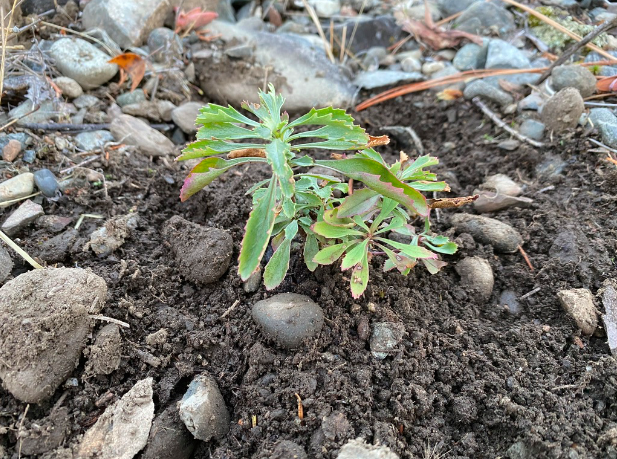
Hot rock penstemon 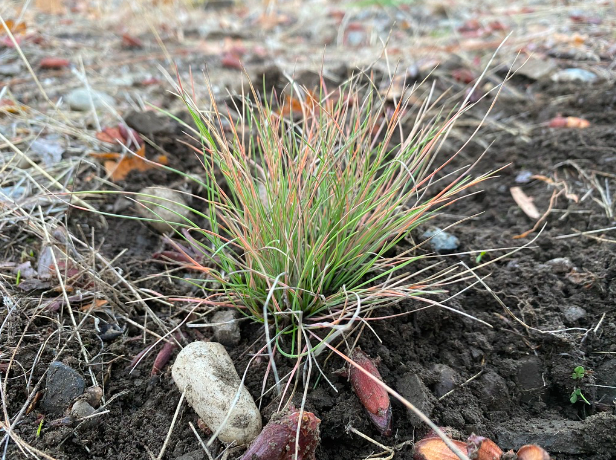
Oregon fescue 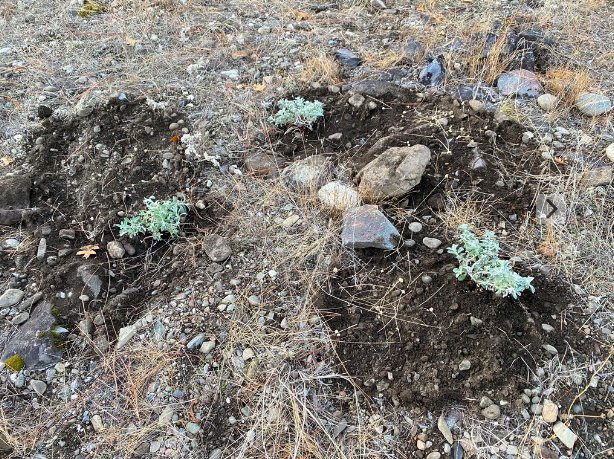
Oregon sunshine
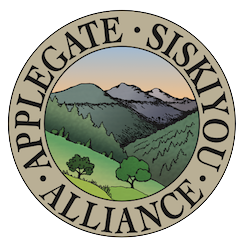
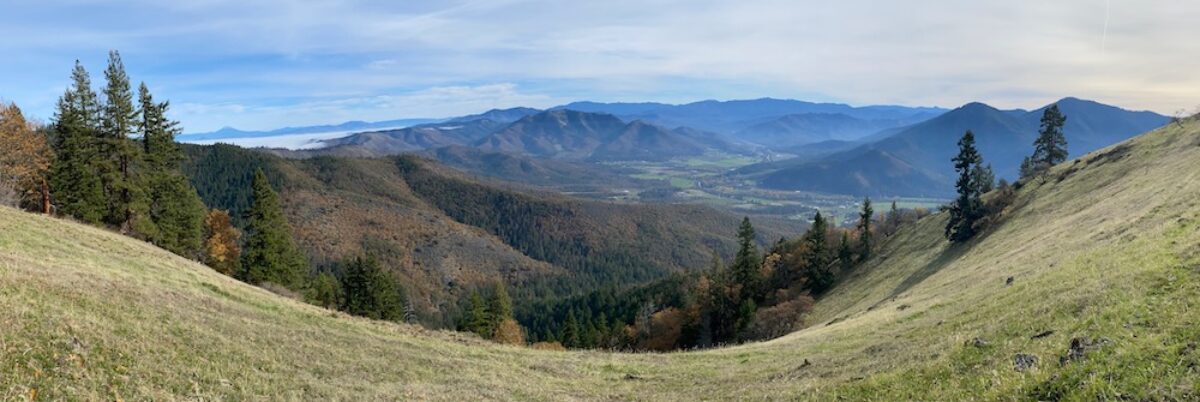
The Bees of Oregon will be forever grateful! When COVID wanes I hope that ANN will provide more opportunities to be involved in planting and seed collecting. Working on a restoration project is addicting, assuring the perpetual stewardship these projects require. 👍👏🐝